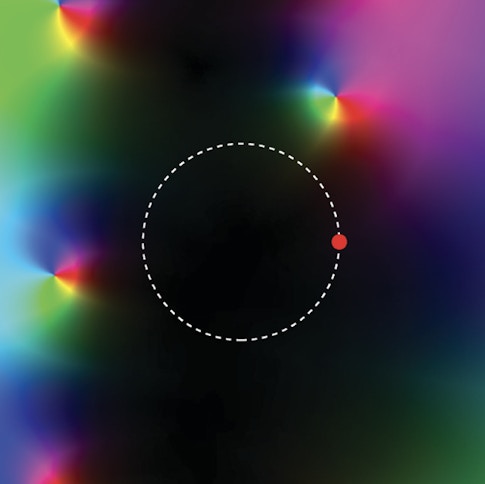A Many-Method Attack on the Many Electron Problem

Uniting our everyday world with the quantum realm requires tackling titanic numbers. A single penny contains 2 billion trillion atoms with a total of 70 billion trillion electrons whizzing around them. The behavior of those electrons produces many of the penny’s properties, such as its conductivity and even its shininess.
Taming these electrons would yield society-changing benefits, such as enabling the design and control of materials with desirable properties, such as high-transition-temperature superconductivity. The goal of the Center for Computational Quantum Physics (CCQ) is to help make that future a reality.
The CCQ faces mind-boggling numbers beyond just the plethora of electrons. Particles in a quantum system can exist in many different configurations, called states. Each electron, for instance, can have an upward or downward spin. Completely understanding a quantum system requires calculating the system’s wave function, which describes how particles are distributed over all possible states.


